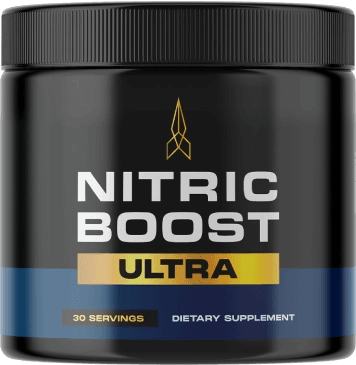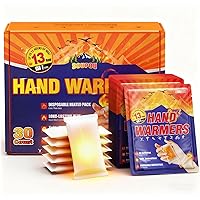Introduction
Starting a fitness journey can feel overwhelming, especially if you’re a beginner. There’s a flood of information about workouts, diets, supplements, and training programs — it’s easy to get lost or discouraged before you even begin. But fitness is not about perfection; it’s about progress, consistency, and making choices that support your health and happiness.
This guide is designed specifically for men who want to start working out and building a healthier lifestyle, no matter your age or fitness level. By the end, you’ll have a clear, practical plan to kickstart your fitness journey with confidence.
Step 1: Set Clear, Realistic Goals
Before you jump into any workout routine, take time to define your goals. What do you want to achieve?
- Build muscle?
- Lose fat?
- Improve endurance?
- Boost energy and mood?
Your fitness plan should match your goals. For beginners, it’s important to set SMART goals — Specific, Measurable, Achievable, Relevant, and Time-bound. For example, “I want to lose 10 pounds in 3 months” is clearer than “I want to get fit.”
Step 2: Understand the Basics of Exercise Types
A well-rounded fitness program includes several types of exercise:
- Cardiovascular exercise (running, cycling, swimming) improves heart and lung health.
- Strength training (weights, resistance bands, bodyweight exercises) builds muscle and bone density.
- Flexibility and mobility work (stretching, yoga) improves range of motion and prevents injury.
- Balance and coordination exercises enhance functional movement.
For beginners, start with a balance of cardio and strength training — 3-4 days per week is a good target.
Step 3: Build a Beginner-Friendly Workout Routine
Here’s a simple, effective weekly routine for men just starting out:
- Day 1: Full-body strength training (bodyweight squats, push-ups, planks)
- Day 2: Cardio (brisk walking, jogging, or cycling for 20-30 minutes)
- Day 3: Rest or light stretching
- Day 4: Full-body strength training (dumbbell rows, lunges, shoulder presses)
- Day 5: Cardio (interval training or steady-state cardio)
- Day 6: Flexibility and mobility exercises
- Day 7: Rest
Focus on mastering form and technique before increasing weights or intensity.
Step 4: Nutrition — Fuel Your Progress
Exercise alone won’t get you results without proper nutrition. Basic tips for beginners:
- Eat enough protein to support muscle repair (chicken, fish, beans, eggs).
- Include healthy fats (avocado, nuts, olive oil).
- Consume complex carbs (whole grains, vegetables) for energy.
- Stay hydrated — water is essential for performance and recovery.
- Avoid excessive processed foods, sugary drinks, and alcohol.
Consider meal prepping to avoid unhealthy choices and make eating well easier.
Step 5: Prioritize Rest and Recovery
Fitness isn’t just about pushing hard; recovery is key to progress.
- Get 7-9 hours of quality sleep per night.
- Allow muscles time to repair — avoid working the same muscle groups every day.
- Use active recovery methods like walking or stretching on rest days.
- Listen to your body to prevent injury.
Step 6: Stay Motivated and Track Your Progress
Motivation can dip, but having clear progress markers helps:
- Keep a workout journal or use a fitness app.
- Take photos or measurements monthly.
- Celebrate small wins like increased reps or improved endurance.
- Find a workout buddy or join a group for accountability.
Remember, progress may be slow at first, but consistency wins.
Step 7: Avoid Common Beginner Mistakes
- Don’t skip warm-ups or cool-downs.
- Avoid comparing yourself to advanced athletes.
- Don’t try to do too much too soon — it leads to burnout or injury.
- Prioritize technique over heavy weights.
- Be patient — fitness is a marathon, not a sprint.




